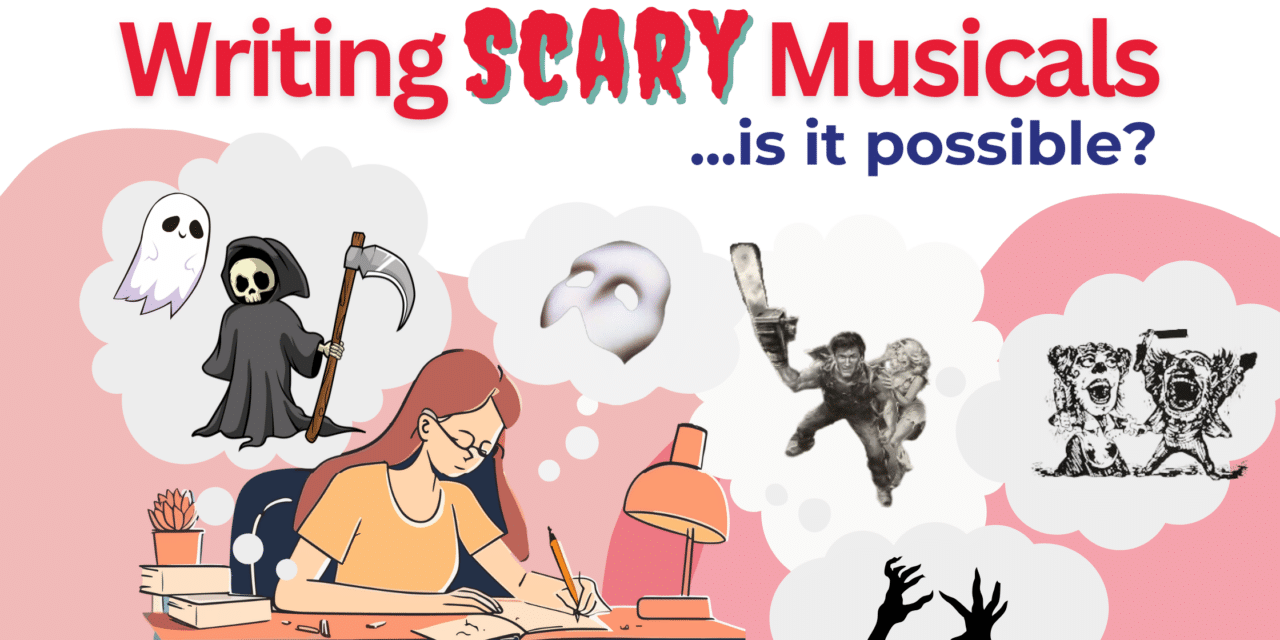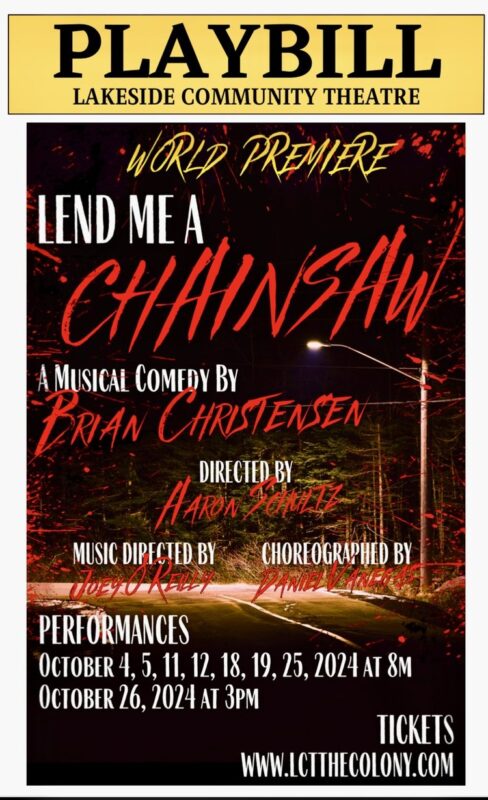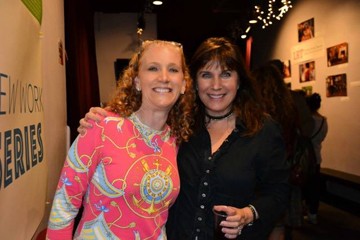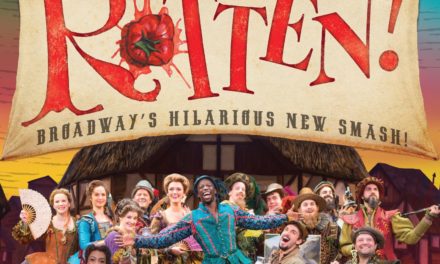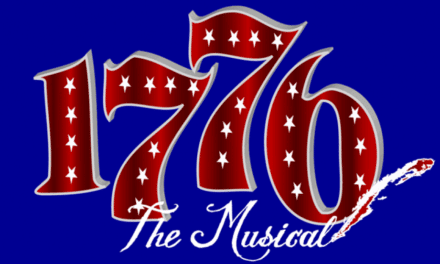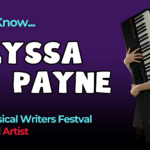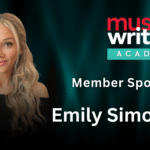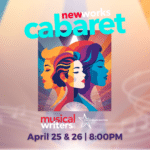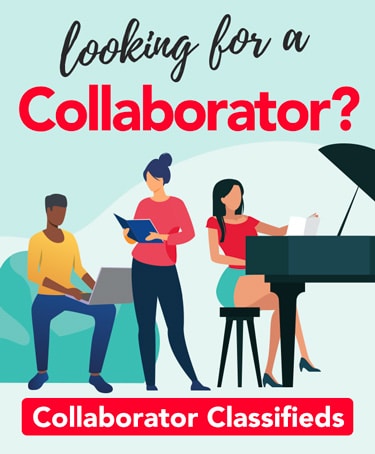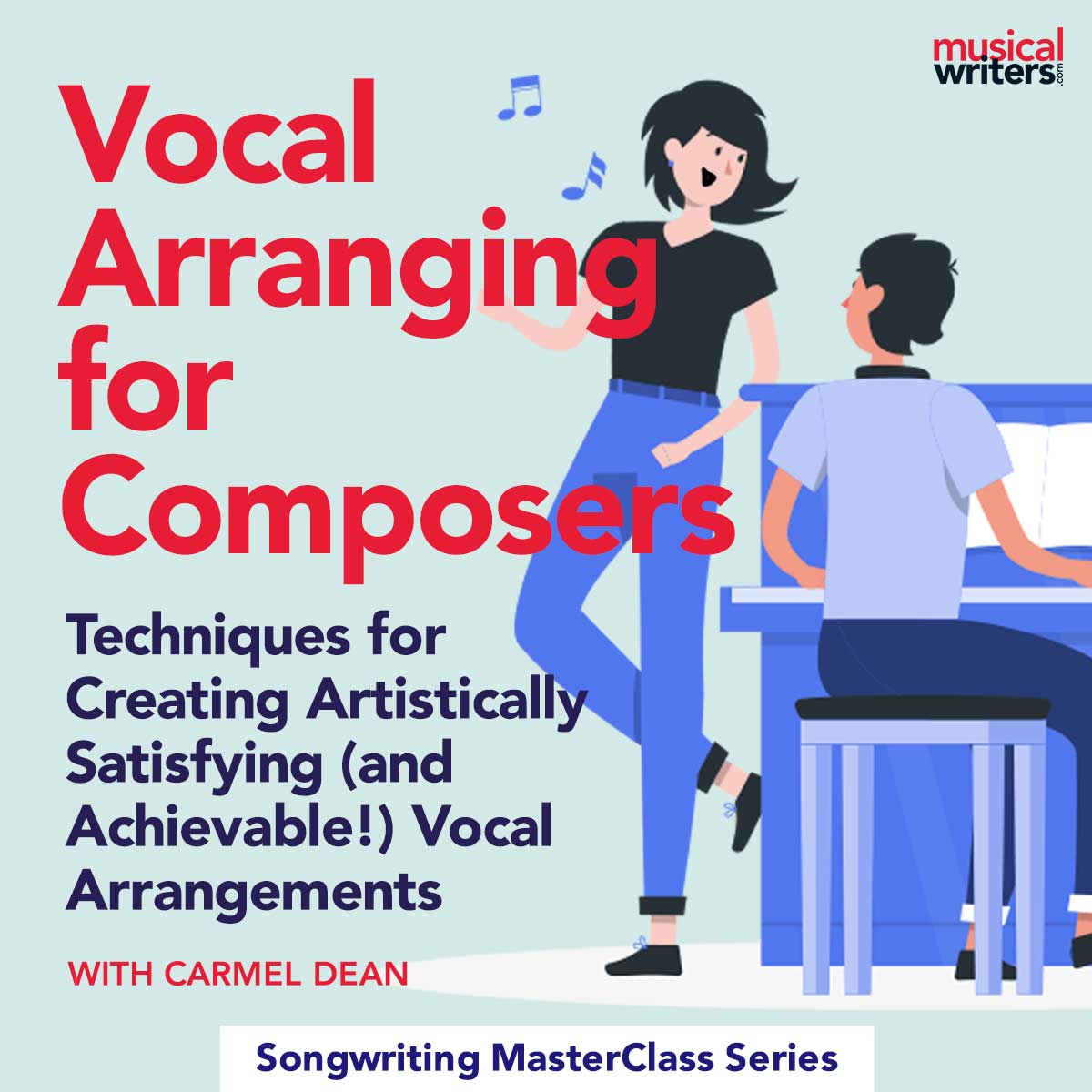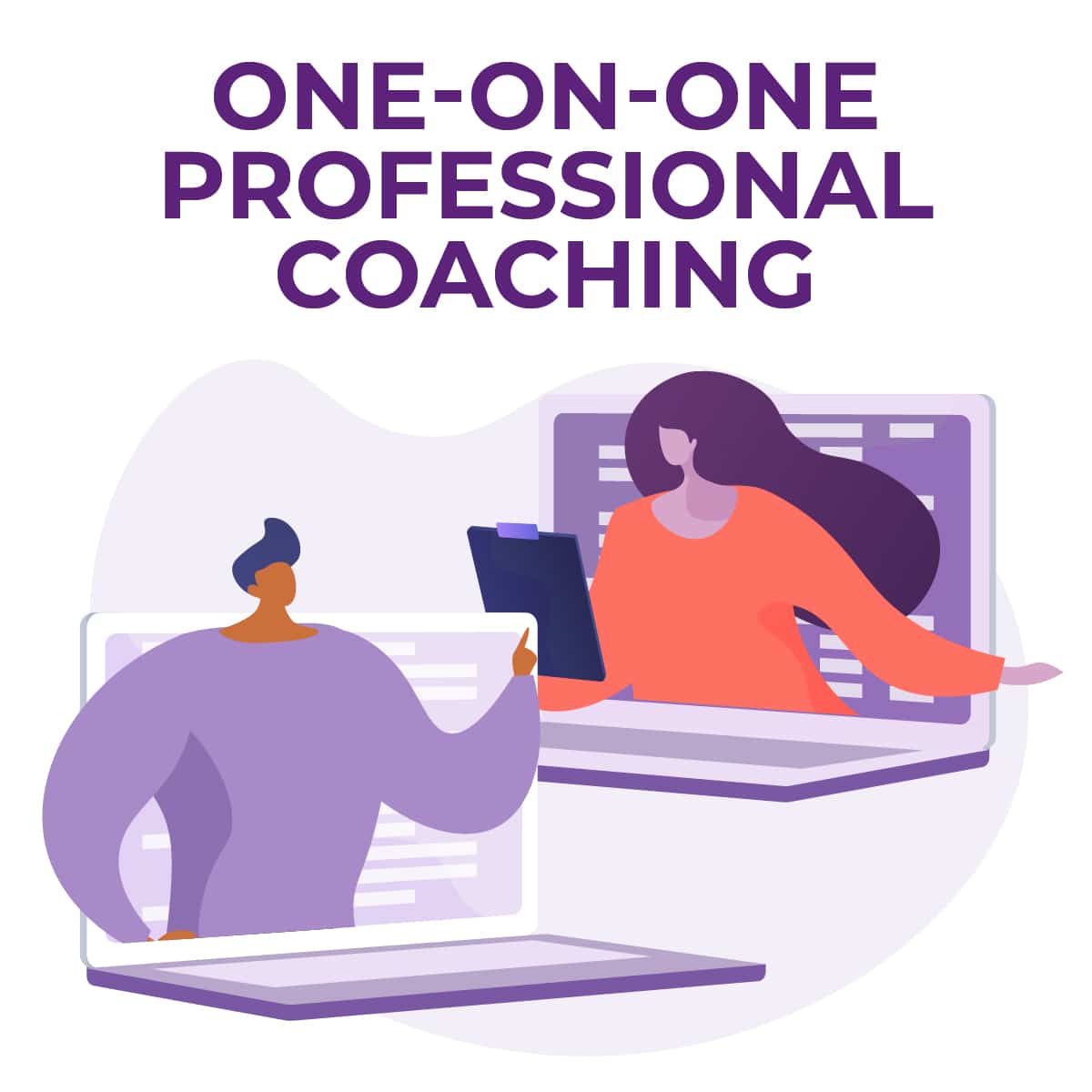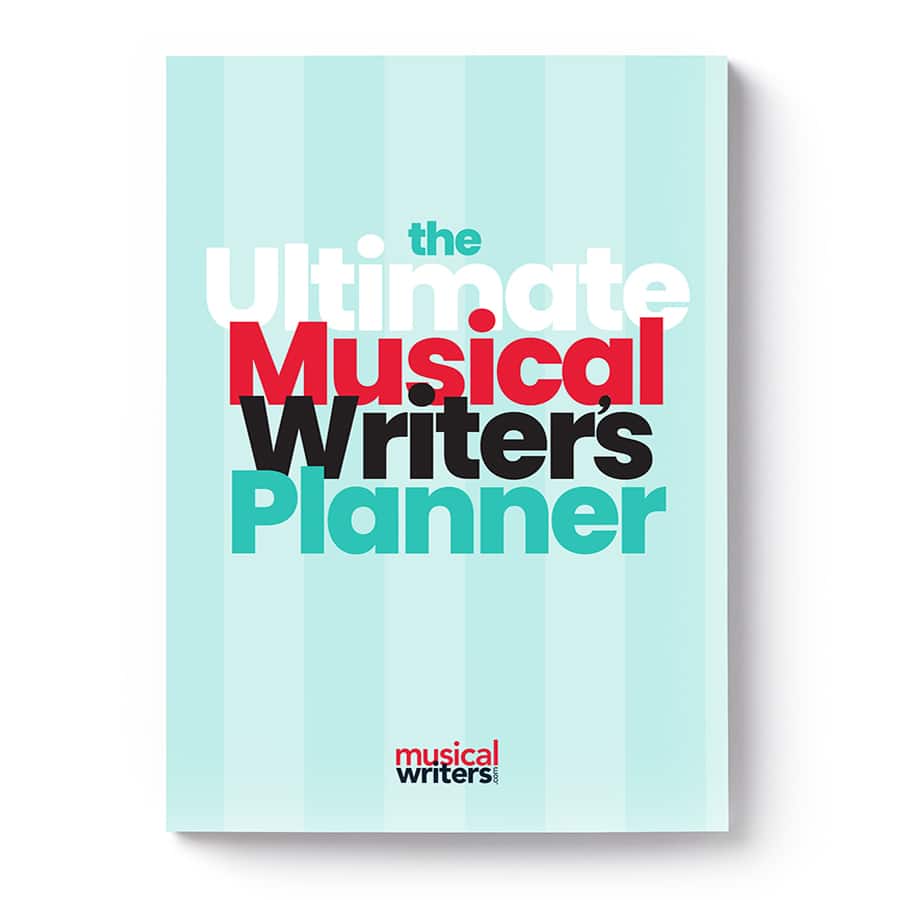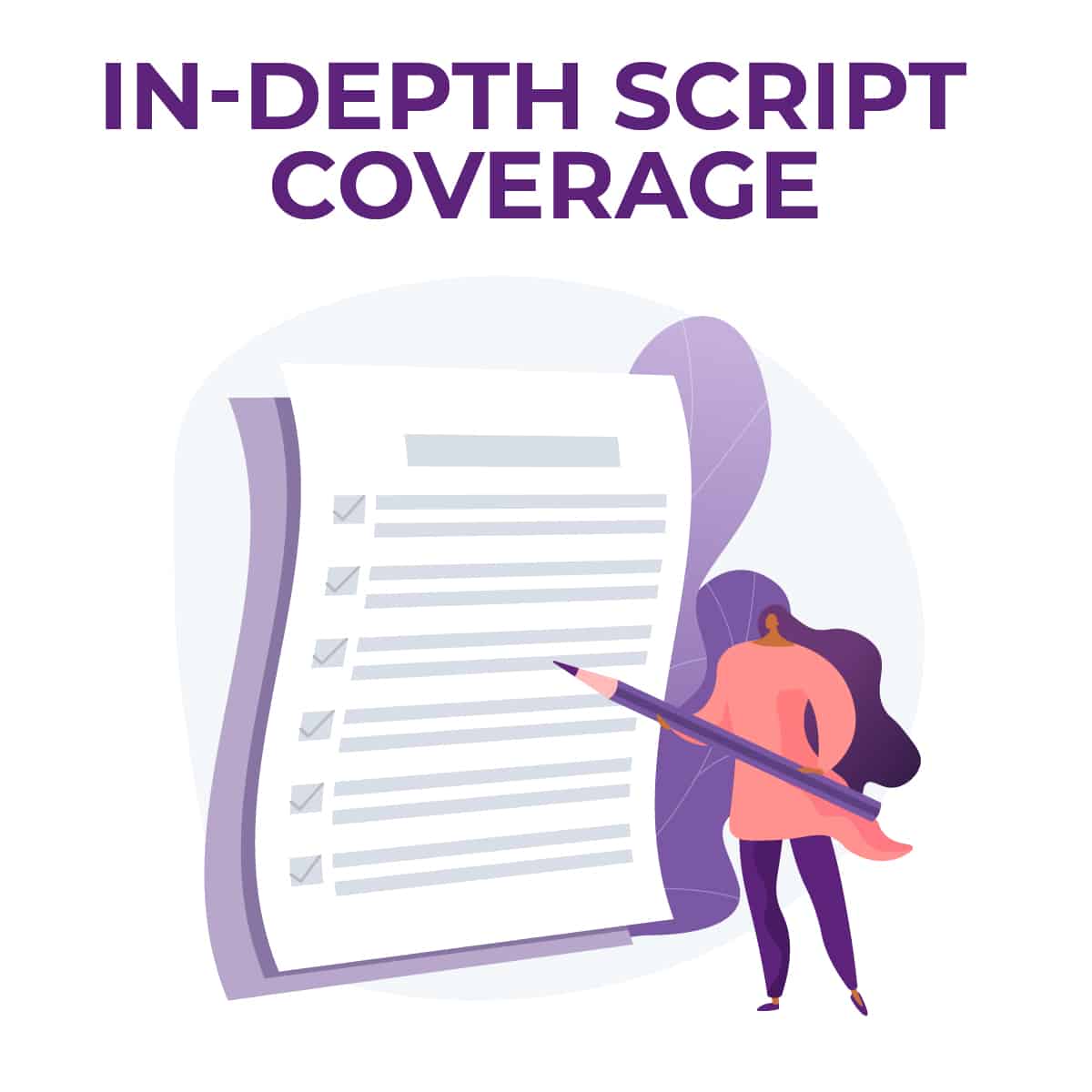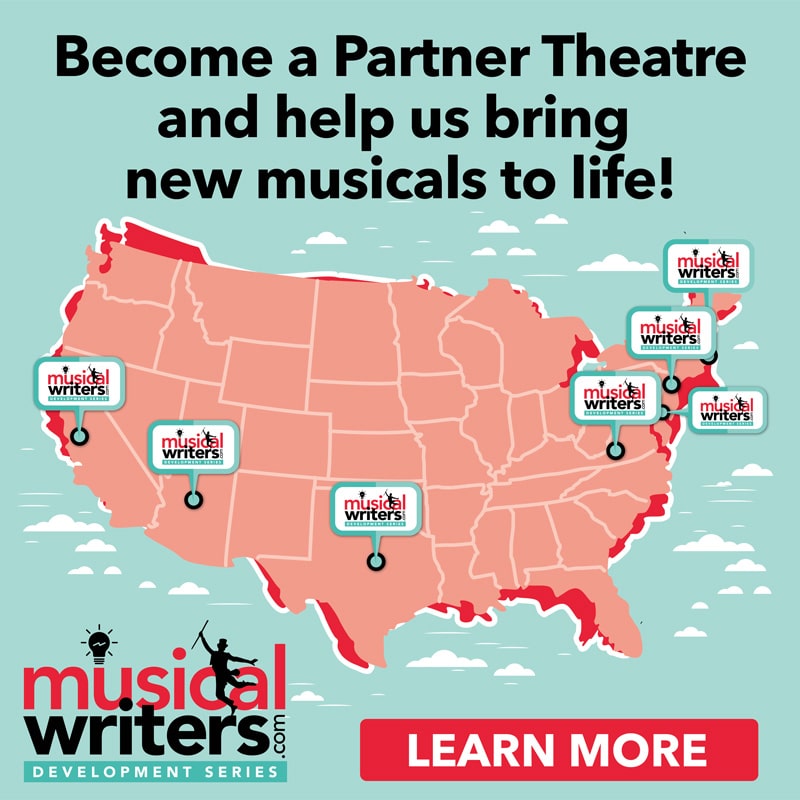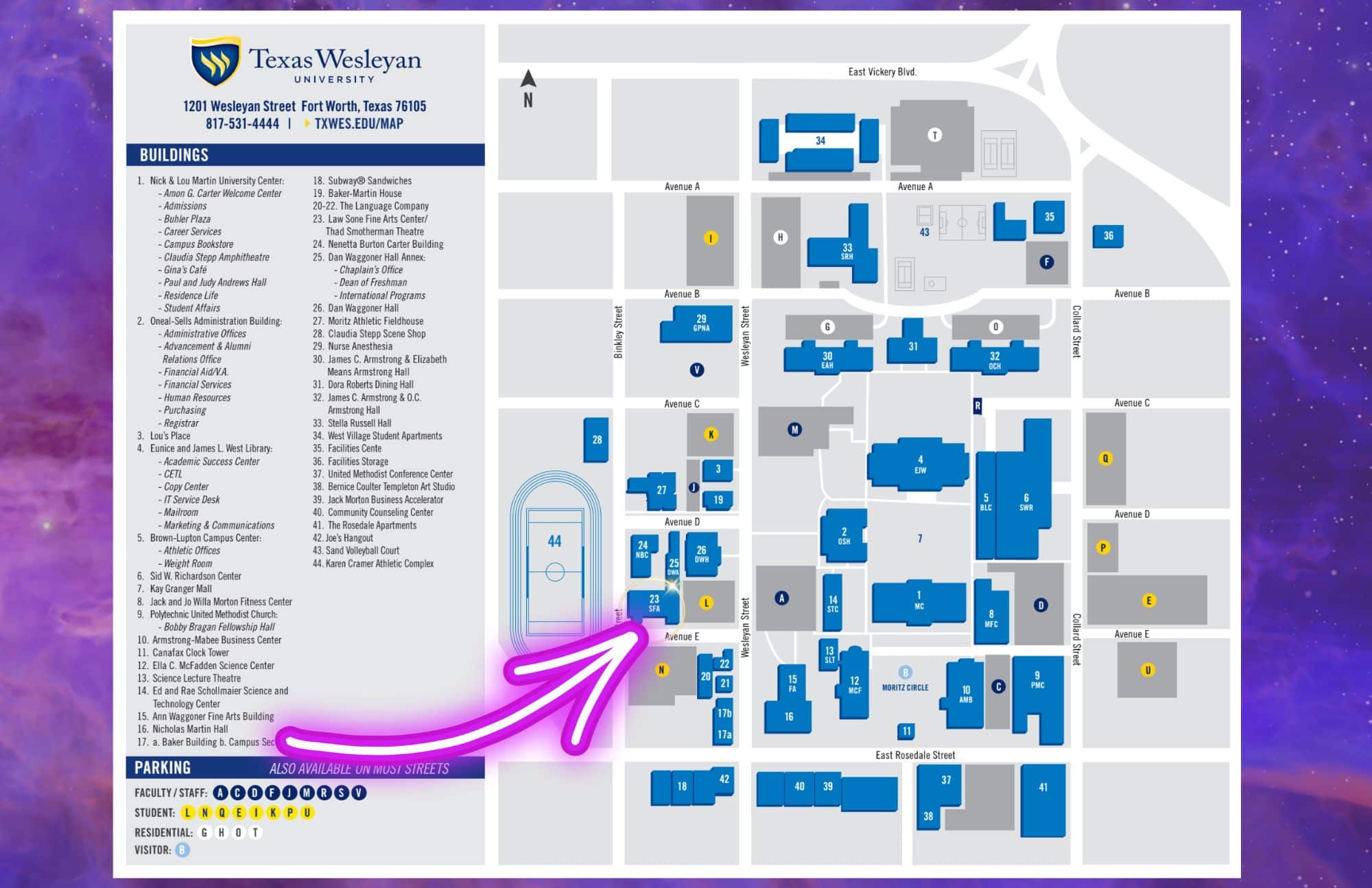Writing scary musicals for the stage is… well, scary. Take this clip from the movie Forgetting Sarah Marshall for example:
#musicalwritersnightmare
Despite songwriter Peter’s sincere intentions, his karaoke performance of Dracula’s profession of love is far more awkward than scary.
Musical writers aiming to explore the world of horror and terror face an uphill battle. Sure, musicals are great for storytelling, emotion, and spectacle, but can they send genuine chills down your spine? Have you ever been to a musical that made you sincerely scared?
In this article, we’ll talk about why scaring a musical theatre audience is so tricky and talk about some workarounds and strategies that have proven effective.
Why is it So Hard to Write a Scary Musical?
While horror movies and novels have long mastered the art of instilling fear, writing for the stage presents a unique set of challenges. Here are some reasons why those writing scary musicals, in particular, struggle with creating that in-the-moment fear.
Reason 1: Physical and Real-Time Limitations
Unlike in film, where you can edit and manipulate what the audience sees, live theatre doesn’t allow for the same level of control. Believable jump scares, supernatural elements, transformations, or extreme violence can be difficult to pull off believably onstage. Also, in most theaters there is a physical distance between the audience and performers, and the layout of the typical proscenium theater does not lend itself to immediate scares.
Reason 2: POV (or lack thereof)
Movies and books – and even video games – can immerse viewers in a character’s internal world through point-of-view shots, close-ups, and camera angles that make the psychological aspects of horror much more visceral. On stage, we are typically forced to view everything in third person, making psychological horror harder to convey.
Reason 3: Intimacy vs. Mystery
Musicals often strive for emotional intimacy with characters, making audiences connect deeply with their thoughts and feelings. While this is great for understanding and empathy, it can reduce the mystery or unpredictability that horror depends on. If you have heard a character’s musical monologue, you may know too much about them to be truly shocked or scared by their actions.
Reason 4: Closeness vs. Distance
Musicals have a tendency to pull you in; where as scary elements tend to repel the audience. MusicalWriters Academy member Christina Meyer puts it this way: “I think it can be hard to make a genuinely scary musical because a lot of the big songs and numbers in musical theater are meant to be more uplifting and to draw the audience in emotionally. Whereas fear often makes people turn away or want to keep a bit of distance from the material.”
Reason 5: That Darn Talking-to-Singing Transition
Musicals, by nature, move between spoken dialogue and song. This shift can disrupt tension, as it may feel unnatural for a character to burst into song in the middle of a suspenseful moment.
Reason 6: Audience Expectations and Norms
Moviegoers lining up for a new spooky horror movie are expecting to shout, scream, and cover their eyes in the theater. In the theater, this kind of actual audience participation is often …frowned upon.
Of course, all of these reasons don’t mean it’s IMPOSSIBLE to evoke fear while writing a scary musical. It just means it takes a different and careful approach.
Proven Workarounds: How Some Musicals Use Horror Elements
Despite the challenges, some musicals have found clever ways to integrate horror or unsettling themes into their narratives. Here are a few strategies that have worked:
Strategy 1: Lean Into Funny and Over-the-Top
By really leaning in and turning the horror factor up to 11, you can find the funny in traditional horror tropes. A perfect example of this strategy is Lend Me a Chainsaw, a musical by a MusicalWriters Academy member, Brian Christensen, running October 4-26, 2024 at the Lakeside Community Theatre in The Colony, TX.
Instead of trying to be genuinely scary, Lend me a Chainsaw is a “riotous musical send up of those teen slasher flicks that is outrageous fun from beginning to end” (dfwcenterstage.com) The show embraces the absurdity of horror tropes—chainsaws, blood, and all, mixing tropes of camp and horror in a way that keeps the audience entertained while still paying homage to slasher movies.
Strategy 2: Bring On the Blood
One element from scary films or haunted houses that can be imported into musical theater is simulated blood and gore. Musicals productions of shows like Evil Dead or Lend Me a Chainsaw may even go so far as to have “splash zones” where audience members can expect to get showered in theatrical goo.
One of MusicalWriters resident dramaturgs, Ally Varitek, puts it this way: “‘Gore’ – visuals of blood, for instance, is the most often utilized tool onstage to scare. Think Sweeney Todd with pies, Dracula with blood, etc. While this is a tool, I think it’s more ‘shocking than scary, as we tend to recognize it is stage magic and ask audiences to suspend their disbelief of it being ‘real.’
Scary? Maybe! Horror? Definitely! So think about bringing on the blood in your next scary show!
Strategy 3: Make it Scary… in Retrospect
Assassins, by Stephen Sondheim, is a dark and disturbing show, but not necessarily one that will scare you in the moment. Instead, the fear comes in reflection. The musical, which explores the motivations of those who attempted (or succeeded) in assassinating U.S. presidents, leaves the audience unsettled as they think about the twisted rationale behind each character’s actions. The fear isn’t immediate, but it lingers long after the final bow.
How might you use scary stories as a commentary on real life issues? In this way you can create a slow burn “scare” that sticks with your audience long after they leave the theater.
Strategy 4: Choose a Dark Theme, Setting, or Story
Sometimes, just the setting or subject matter can evoke a sense of dread. Shows like Lizzie (about the infamous Lizzie Borden) or American Psycho tap into the audience’s awareness of real-life horrors or societal darkness. While these musicals don’t aim to deliver jump scares, they create a deeply unsettling atmosphere through their dark themes and eerie settings. This works well because it taps into the audience’s existing knowledge of the story’s grim background.
Strategy 5: Inspire Fear FOR a Character Onstage
While watching shows like The Wild Party (take your pick which) or Sweeney Todd, the audience feels an undercurrent of dread—not necessarily because the shows are trying to scare them, but because they fear for what will happen to the characters. In The Wild Party a debauched, reckless party that spirals out of control, ending in violence and tragedy for more than one partygoer. In Sweeney Todd, we watch as Todd spirals into madness, knowing his actions will lead to increasingly gruesome violence.
Strategy 6: Lean Into the Unknown with Immersive Theatre
As Ally Veritek points out, making your show “immersive” is one workaround that can put the audience inside the action. Sleep No More, for example, is an immersive theater experience that flips the traditional musical format on its head, borrowing from elements of haunted houses. Instead of sitting passively, the audience wanders through the space, choosing which characters to follow and unraveling the plot on their own. As Varitek says, “Immersive shows like Sleep No More can put someone inside the scary story physically. This format takes inspiration from haunted houses and interactive experiences, providing the audience with just enough mystery – and proximity to the danger – to keep them on edge.
Strategy #7: Go jazzy or sexy.
Take it from Karen in Mean Girls: Halloween is a time to be “Sexy.” Adding a dark, jazzy, or sexy vibe to your musical can help add to the scary ambiance.
Another example of this is Ryan Scott Oliver’s Darling, which amps up the scary with a gritty setting and sexy musical settings or Murder Ballad, by Julia Jordan and Juliana Nash.
Trying for Genuine Scares in Your Musical?
If you’re aiming to write a musical that genuinely frightens, consider borrowing techniques from other first-person horror experiences. Theme parks, haunted houses, and video games all offer valuable lessons in how to immerse and scare your audience.
Here are a few strategies you might try:
Idea 1: Use the Audience’s Actual Environment to Craft a Scary POV
Consider how the audience physically interacts with the space. Could they feel like they’re part of the setting, as in Disney’s “Haunted Mansion” ride, where they’re in an “elevator” that creates a real-life sense of confinement? Can you craft a story where the audience in their seats become a character in the story? (This is perhaps one of the reasons the recent Cabaret revival on Broadway is so impactful.)
Or consider playing with surround sound with your sound designer to make the noise of the show come from all directions. The “Shelob” moment in the recent immersive Lord of the Rings at Chicago Shakespeare did this especially well.
Idea 2: Silence and Isolation
Sometimes the scariest moments come from the quietest ones. Borrow from haunted houses or suspenseful video games, where long stretches of silence or isolation can make even the smallest sound or movement feel terrifying.
A suggestion from Varitek: “What if there’s a moment in your musical where the character can be heard but not seen, or a song written for the stage to be pitch black?”
Idea 3: Include Multi-Sensory Scares
Use elements that engage the audience’s senses, like sudden lighting changes, sound effects, or even a gust of air. Theme parks and haunted houses use these elements to make their audience feel physically reactive, and they can be applied creatively in theater as well.
Idea 4: Tap Into Collective Fears
“I think the thing that can make a musical the most ‘scary’ is leaning into our collective fears,” says Varitek. “Just as we all may cry together at the loss of a loved one of the beauty of self-love born out of hardship in musicals like The Notebook and The Color Purple, writers can also lean into the collective experience of an audience experiencing something they fear together. And that thing doesn’t always have to be a jump-scare! What does it look like to lean into fears and nightmares thematically – a world without color? A character faced with loneliness? The possibilities are endless!”
Idea 5: Steal a Prompt
When in doubt, steal inspiration from a writer’s prompt! Christina Meyer says, “I also find writing prompts very helpful when trying to create a scary script. You can Google prompts for horror plays and find hundreds of them that can jumpstart your writing.”
Conclusion: Can a Musical Truly Scare?
Faced with the daunting challenge of creating genuine scares on stage, it’s true that many musical writers end up going to the cerebral, satire, or sweeping romantic route.
Truly scary musicals are rare, but there are a few notable examples you should consider studying. This MusicalWriters article on Sweeney Todd is a great place to start.
Remember Peter from Forgetting Sarah Marshall? Here’s what his Dracula musical, which was originally intended to be dark and serious, ended up looking like onstage:
Disclaimer: While Forgetting Sarah Marshall provides a brilliant (if somewhat hilarious) example of the difficulties in writing a scary musical, please note that Peter Bretter’s creative journey was entirely fabricated by Hollywood for comedic purposes. Actual results for creating a scary musical may vary. The effectiveness of puppets, heartfelt laments, or Dracula solos in instilling genuine fear – or genuine comedy – has yet to be scientifically proven in real-world productions. Proceed with your own musical endeavors accordingly.
While genuinely scary musicals are rare, the right combination of atmosphere, story, and innovation can still make an audience feel unsettled, tense, or even frightened. By embracing the inherent strengths of the musical format—character insight, emotional depth, and creativity—writers can find new ways to craft their own brand of stage horror.
So, can musicals be scary? It’s possible—but writing a successful scary musical requires thinking outside the box. Good luck with your terrifying tunes!
More Resources
These toe-curling references have been recommended by and for Musical Writers:
- Article: MusicalWriters MEGA List of Scary (and Not-So-Scary) Musicals to Listen to, Watch, and License in October
- Article: The Writing of Sweeney Todd, by Noel Katz
- Class: “Crafting Darkness,” from Chicago Dramatists
- Workshops: Genre Series-Horror, from StoryStudio
- Article: “BOOK TO STAGE: Asher Muldoon on Crafting a Spooky Horror Musical Score for The Butcher Boy“
- Article: “Film Composers: 5 Tips for Writing Horror Music”
Special thanks to dramaturg Ally Varitek and MusicalWriters Academy member (and theatrical horror aficionado) Christina Meyer for their help with this article and resource collection!

